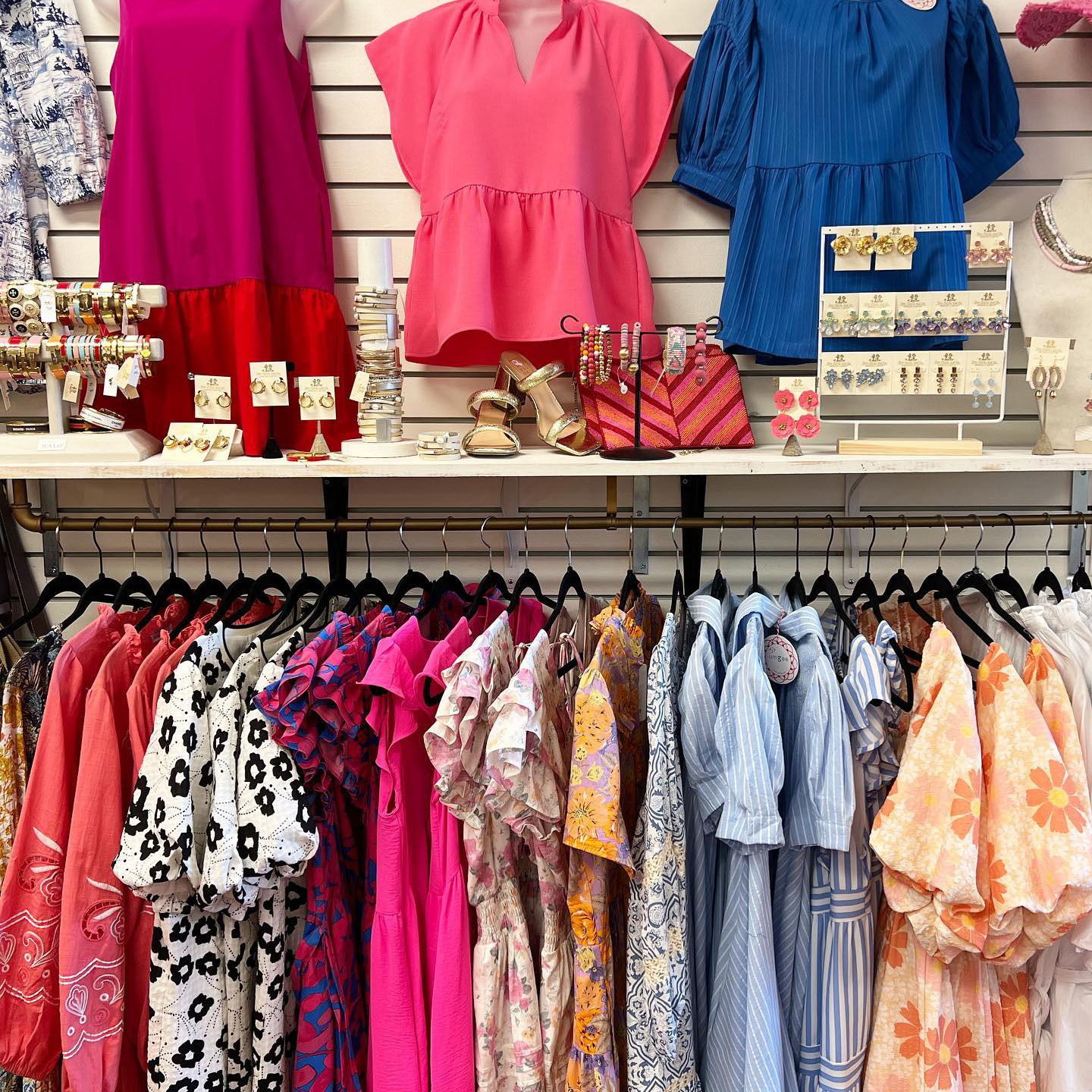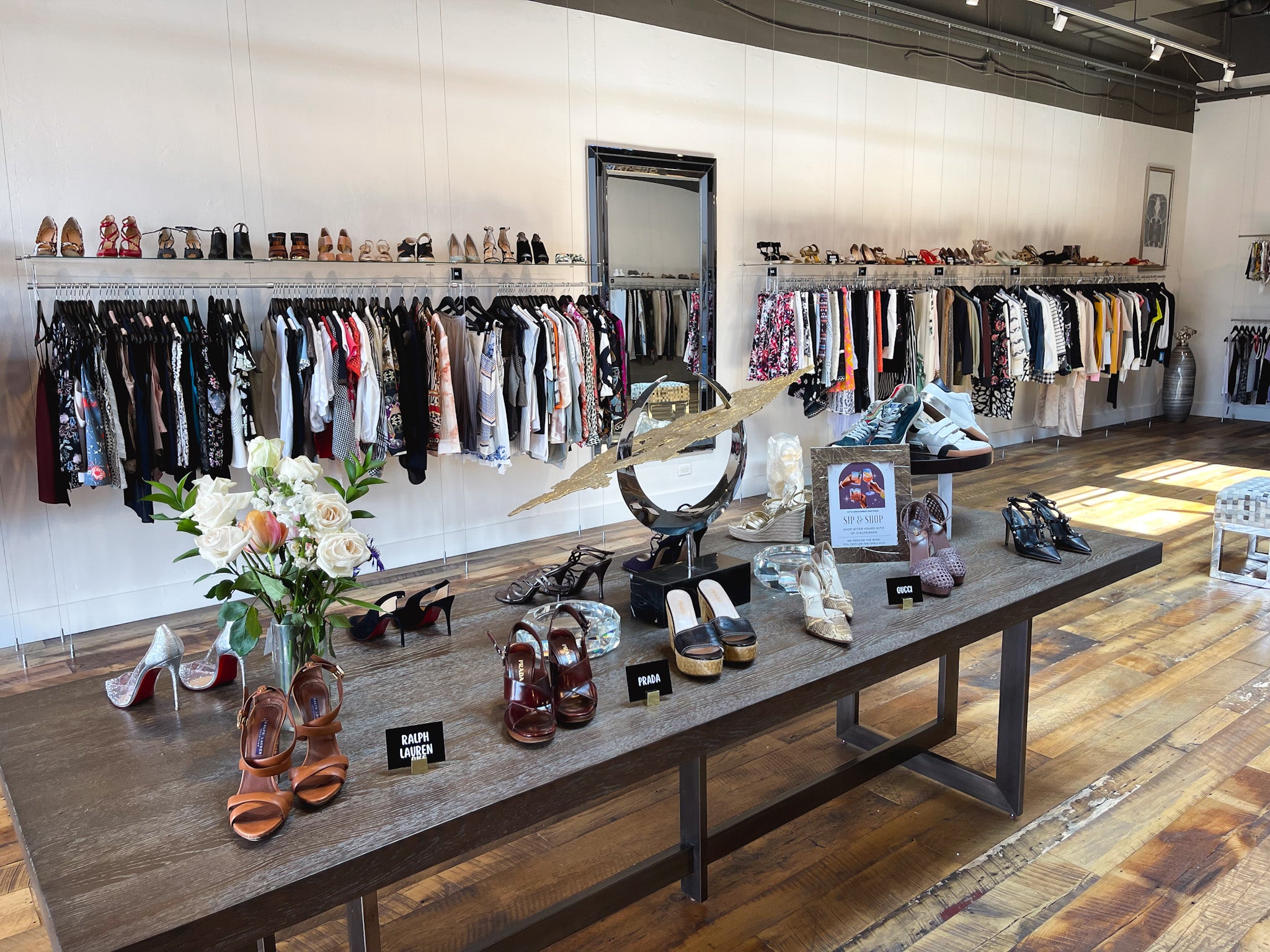Why Boutique Fashion is the Ultimate Selection for Distinct Design
Why Boutique Fashion is the Ultimate Selection for Distinct Design
Blog Article
Discovering the Evolution and Effect of Clothing on Modern Fashion Trends
The advancement of apparel has substantially influenced modern-day fashion trends, combining historic precedents with cutting-edge innovations. Legendary numbers like Coco Chanel and Yves Saint Laurent changed the fashion market by introducing ideas that focus on convenience and availability, which continue to reverberate today.
Historical Fashion Influencers
In the tapestry of style history, certain figures have left an indelible mark, forming the patterns and styles that define entire ages. Coco Chanel, an advanced developer, redefined women's fashion by introducing comfy, classy clothing that left from limiting bodices.
Elsa Schiaparelli is another essential number, renowned for her progressive styles that incorporated surrealist art, collaborating with Salvador Dalí to produce whimsical items that tested conventional looks. Her ingenious use of color and bold patterns resounds in contemporary fashion. Yves Saint Laurent, meanwhile, equalized haute couture with prêt-à-porter collections, bringing runway styles to the masses and establishing a precedent for modern-day ready-to-wear lines.
These dreamers, to name a few, not just reinvented fashion in their times yet likewise set withstanding fads that reverberate in today's garment industry, providing a foundation whereupon modern designers proceed to introduce and develop. Their heritages highlight the value of imagination and bold in vogue's ever-evolving story.
Technological Advancements in vogue
Amidst the dynamic landscape of the fashion business, technical advancements stand at the leading edge of technology, improving how designers create and consumers involve with style. The integration of 3D printing has actually changed design procedures, allowing developers to explore intricate frameworks and sustainable materials that were formerly impossible. This innovation assists in fast prototyping, minimizing waste and accelerating manufacturing times.

Smart textiles, embedding innovation right into fabrics, are additionally changing the sector. Innovations like temperature-regulating and self-cleaning textiles offer boosted functionality and comfort. Wearable modern technology, including features like health and fitness tracking and interaction, adds a brand-new measurement to style, merging looks with functionality.
Cultural Shifts and Design
As technological developments proceed to reshape the garment industry, cultural shifts are just as influential, redefining design and consumer choices. Over the last few years, the surge of social media systems has actually sped up the circulation of global style trends, enabling varied social impacts to converge and exist side-by-side. This electronic interconnectivity has assisted in the quick exchange of ideas, causing an extra diverse and inclusive analysis of design that shows the diverse nature of modern-day culture.
Social understanding and gratitude have actually motivated developers to draw inspiration from a broader spectrum of historical and ethnic contexts, incorporating typical concepts with contemporary looks. This fusion has resulted in fashion that reverberates with a larger audience, promoting a sense of identification and belonging throughout different demographics. Furthermore, the raising demand for customization has driven brand names to supply customizable choices, enabling customers to express individuality while mirroring their social heritage.
In addition, changing societal values have impacted fashion, with inclusivity and variety becoming main themes. The sector has actually started to accept designs and influencers of various physique, ethnic backgrounds, and sex identities, challenging traditional appeal criteria. This improvement emphasizes the power of cultural changes fit the future of style, as style ends up being a more genuine expression of personal and collective identity.
Sustainability and Modern Layout
While the fashion industry continues to evolve, the essential for sustainability has actually ended up being progressively urgent, affecting modern style methods. click here to read This shift aims to resolve moral considerations and environmental worries, resulting in a reevaluation of typical manufacturing approaches. Developers are now integrating lasting products, such as organic cotton, recycled polyester, and eco-friendly textiles, into their collections, decreasing the ecological footprint of style. The increase of sluggish style, which stresses high quality over amount, motivates customers to purchase classic items rather than short-term fads.
Furthermore, contemporary style is characterized by its technology in minimizing waste and advertising circularity. Techniques such as zero-waste pattern cutting and 3D knitting are acquiring traction, allowing designers to produce garments with marginal textile wastefulness. Furthermore, Home Page brands are embracing transparent supply chains, guaranteeing responsibility and fostering customer depend on. This strategy not only reduces ecological influence but likewise improves the social responsibility of style houses.

Future Trends in vogue

Sustainability will certainly remain to be a driving force in shaping future fashion trends. The industry is significantly taking on eco-friendly materials and ethical manufacturing methods, reacting to an expanding customer demand for accountable practices. Technologies such as bio-fabricated products and closed-loop recycling systems are established to redefine just how apparel is generated and eaten, decreasing environmental effect while keeping style and top quality.
Cultural changes, including the increase of inclusivity and variety, will additionally play a pivotal duty. As society becomes more mindful of social concerns, fashion is anticipated to end up being a platform for expression and change. Developers will likely concentrate on creating collections that reflect a wider array of experiences and identities, championing depiction and access.
Conclusion
The development of clothing significantly affects contemporary fashion fads, where historical impacts combine news with contemporary styles. Secret figures like Coco Chanel and Yves Saint Laurent have redefined design, while technical technologies such as 3D printing and clever textiles increase imaginative possibilities. Cultural changes in the direction of inclusivity and sustainability urge brand names to accept and take on moral practices variety. This continuous evolution underscores fashion's function as a mirror to social worths and technical innovation, suggesting a future abundant with innovation and inclusivity.
The evolution of clothing has actually considerably affected modern fashion trends, combining historical criteria with innovative developments.Among the dynamic landscape of the style industry, technical developments stand at the leading edge of innovation, reshaping exactly how developers produce and customers engage with fashion.While the fashion market continues to advance, the essential for sustainability has actually become significantly urgent, affecting modern-day design methods. As sustainability comes to be embedded in modern design, it leads the method for an extra responsible and aware fashion market.
The evolution of clothes significantly influences modern-day style patterns, where historical influences combine with contemporary layouts.
Report this page